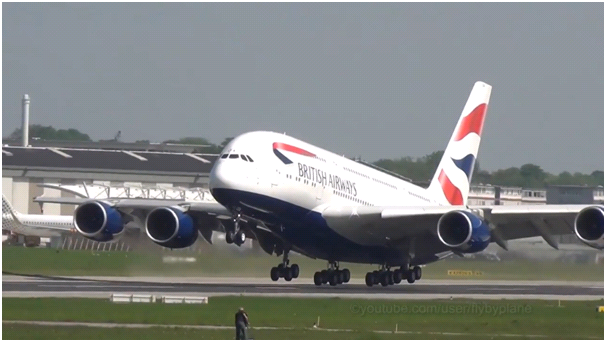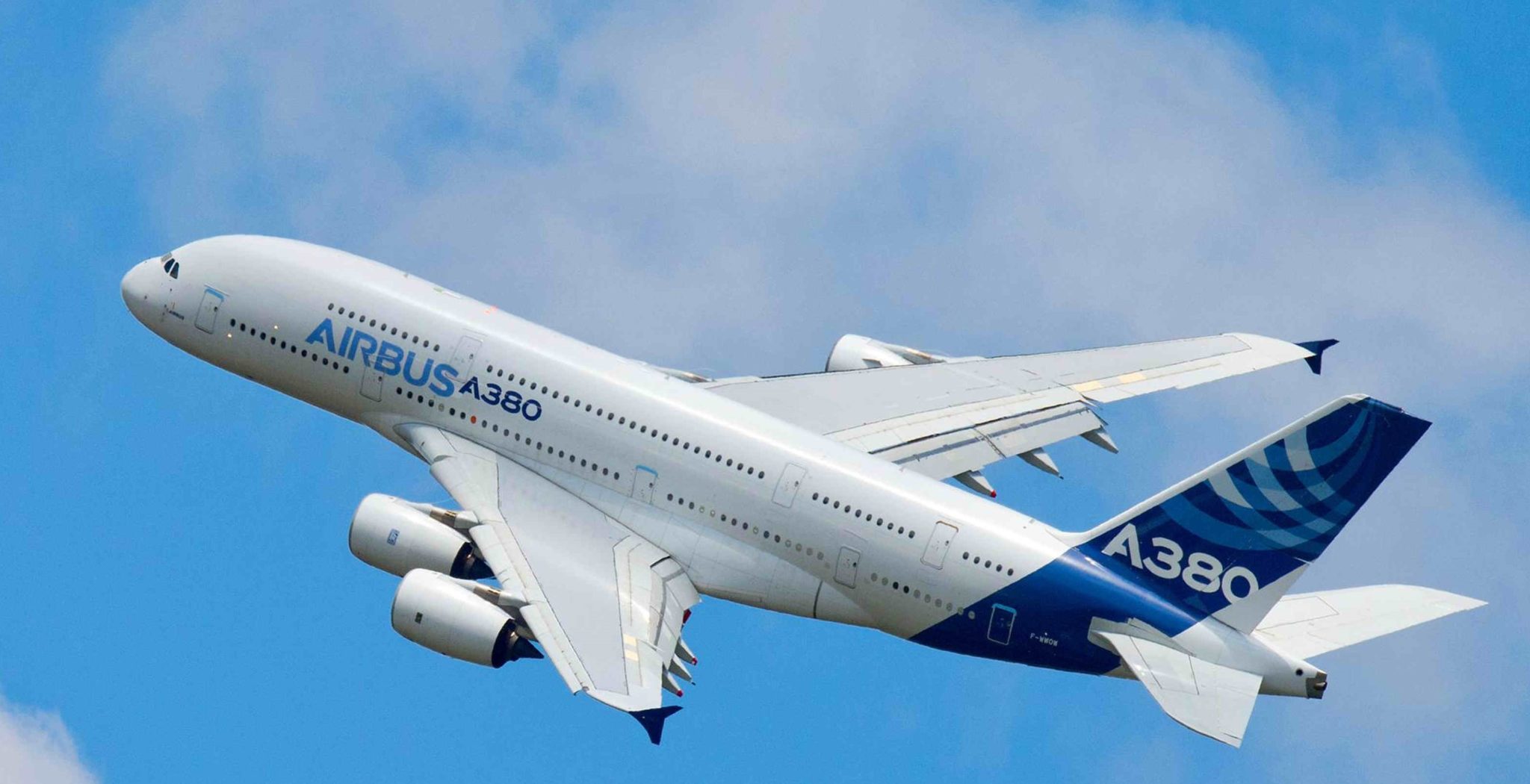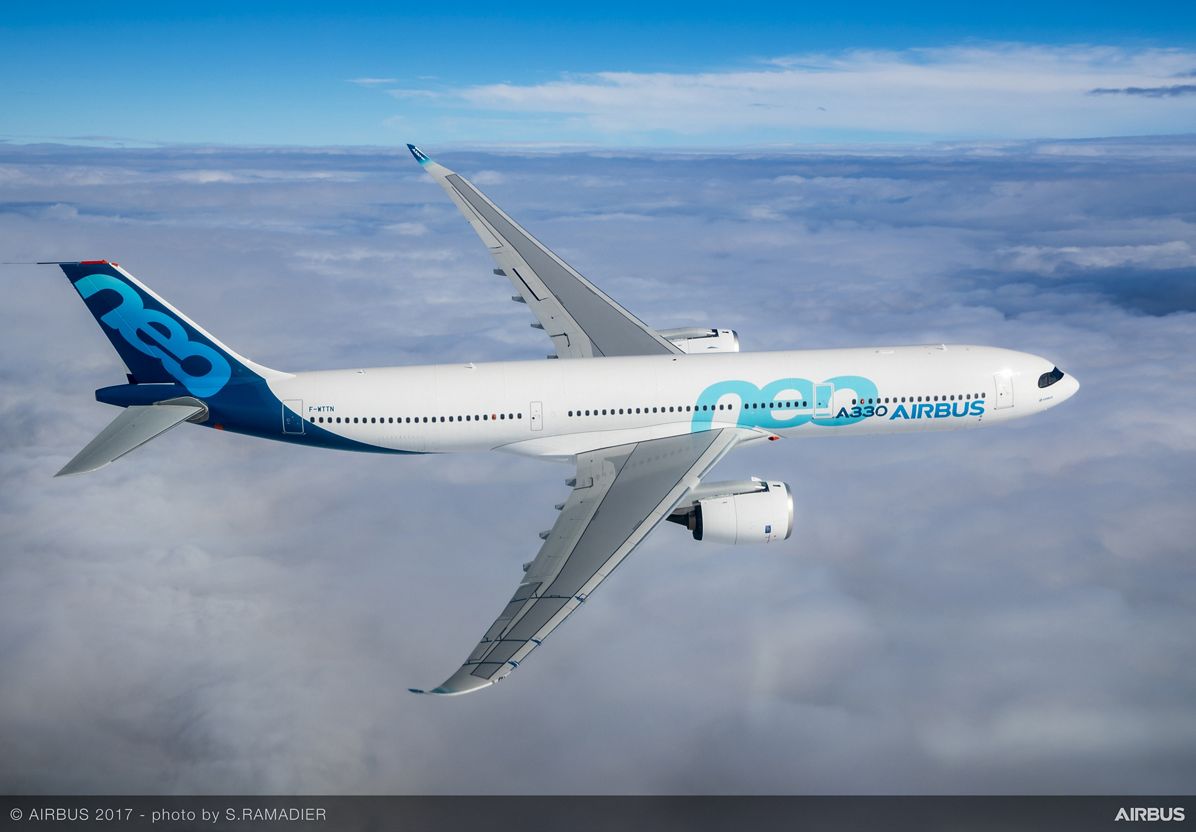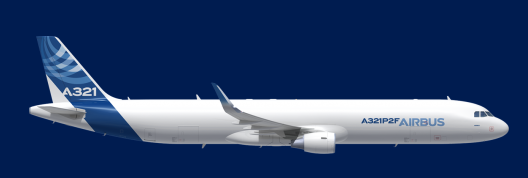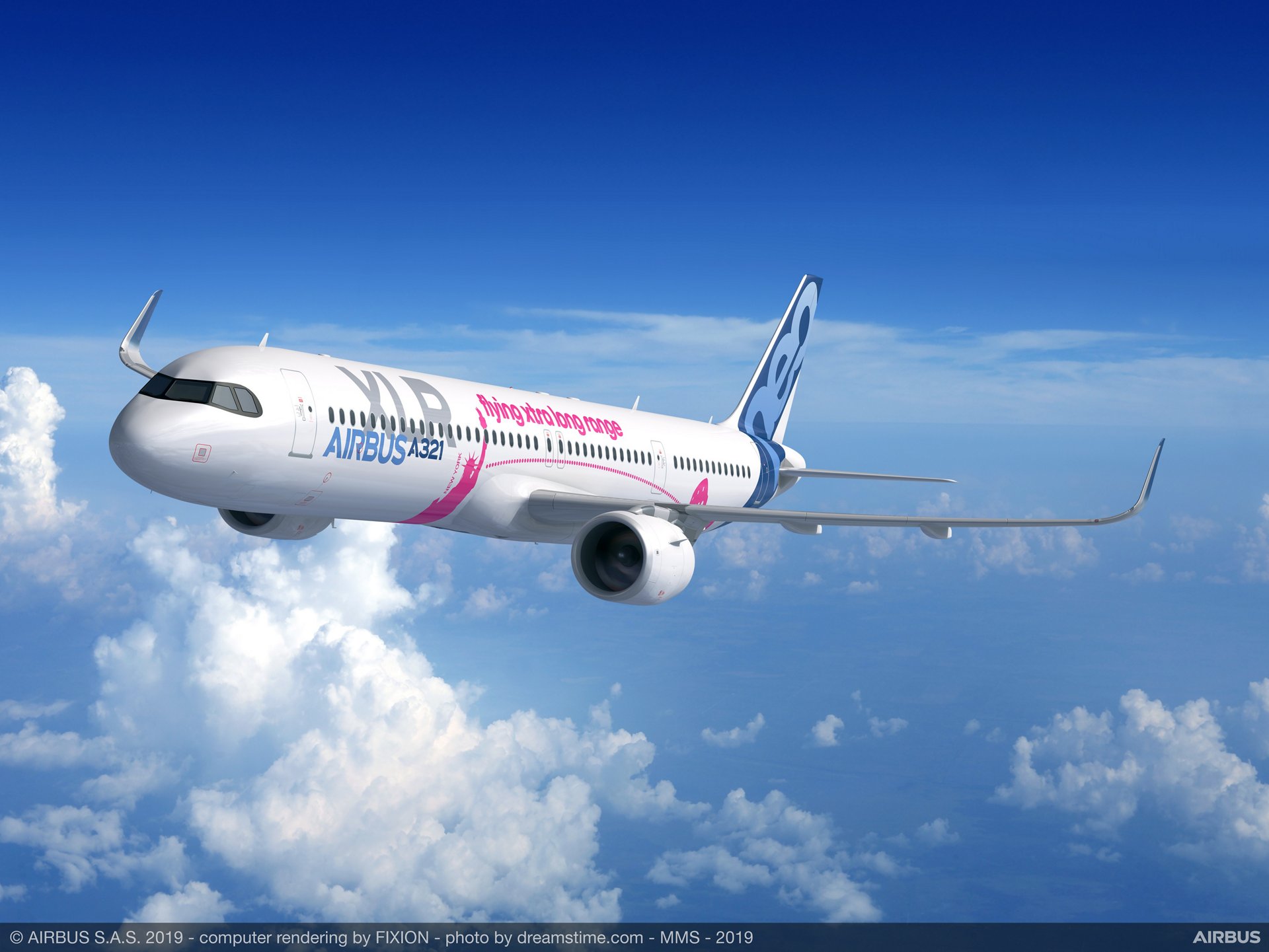Leeham News and Analysis
There's more to real news than a news release.
One A380 departure or two 777-200ER alternatively 787-9?
Subscription Required
By Bjorn Fehrm
Introduction
December 2, 2021, © Leeham News: With the last Airbus A380 rolling of the production line in days, we started looking at why the A380 didn’t sell last week. Now we check its economics for an airline that can fill it. We fly one A380 versus two departures of smaller aircraft on a typical trunk route.
Our analysis takes British Airways as an example and whether it shall use an A380 on Heathrow to LAX at peak traffic or rather two departures with its Boeing 777-200ER or 787-9.
Summary
- When you can fill the A380, it’s surprisingly competitive even against a more modern aircraft like the 787-9.
- This is when we focus on passengers and cost.
- We change the analysis angle next week when we add cargo and look at margins rather than cost.
It’s time for a reality check on ecoAviation
Subscription Required
By Scott Hamilton
Introduction
Nov. 29, 2021, © Leeham News: The goals are admirable and lofty: cut carbon emissions dramatically.
Boeing wants to have its 7-Series airplanes be 100% compatible with Sustainable Aviation Fuel (SAF) by 2030. Whatever Boeing can do, so can Airbus.
Airbus wants to produce the first hydrogen-powered airliner, probably in the 70-seat sector, by 2035.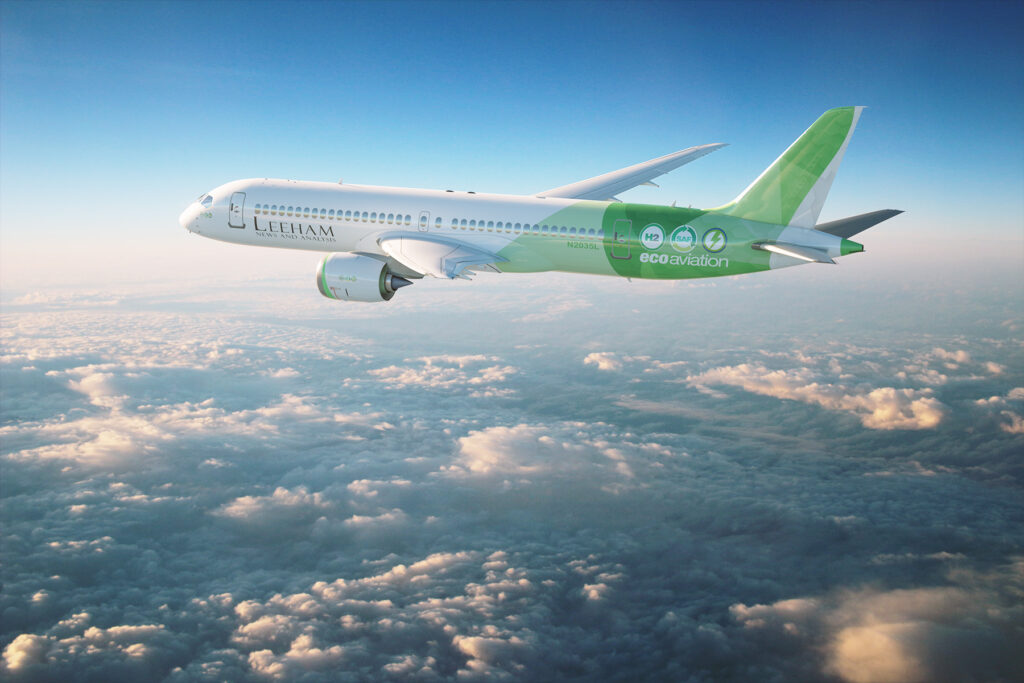
IATA, the International Air Transport Assn. industry trade group, set 2050 at the target for net-zero emissions.
All great ideas. Industry officials understand the challenges and realities. Tim Clark, president of Emirates Airline, minced no words at the IATA AGM in October: Don’t make promises you can’t keep.
For the pie-in-the-sky crowd, the sheer numbers don’t add up. Replacing the thousands of Airbus A320ceos, A330ceos, Boeing 737 NGs, 757s, 767s, 777 Classics, Mitsubishi CRJs, and Embraer E1 jets with their successors—let alone, the successors to the successors—will take decades.
And this doesn’t even count replacement of today’s turboprops with a successor that doesn’t exist, followed by their successors.
Summary
- 20-year Forecast to 2040 shows about 4,000 single-aisle, mainline jets will remain in service by 2040. The majority of these flying today are older generation aircraft.
- There will be about 1,000 twin-aisle jets flying today that will be flying in 2040. These can be expected to be Boeing 787s, Airbus A350s and a small number of A330neos. Each is more environmentally friendly than previous generations.
- There will be a handful of four-engine jets flying by 2040, most likely cargo aircraft.
- Of the sub-100 seat category, there will be fewer than 300 jets flying in 2040 that are flying today. Some of these will likely be end-of-line CRJs plus late-model, older generation E175-E1s. Deliveries of the latter continue well into this decade because the future of the Embraer E175-E2 is uncertain.
Why the A380 didn’t sell
Subscription Required
By Bjorn Fehrm
Introduction
November 25, 2021, © Leeham News: The last A380 will be delivered to Emirates in the coming week, after a production run of only 251 units. Why didn’t Airbus sell more?
What was the trouble with the A380? Was it uneconomical, or was there some other problem? We look into the different factors that made it a hard sell to the world’s airlines and support this with comparisons with aircraft that sold better.
Summary
- The A380 had its shares of development problems, mainly in the installation of a complex electrical system. Still, overall the development and production went reasonably well for being a new type for Airbus.
- We have over the years shown that its seatmile costs were competitive versus alternatives. What was then the problem? Why didn’t it sell?
Regional Aircraft production
Subscription Required
By Vincent Valery
Introduction
Nov. 22, 2021, © Leeham News: Last week, LNA looked at Airbus and Boeing’s planned twin-aisle production rates. We now turn our attention to production rates in the regional aircraft market.
The production of the Mitsubishi Heavy Industry-owned CRJ ceased earlier this year, while De Havilland of Canada’s Q400 will also end soon. Few expect production on the latter program to restart.
MHI also halted the development of its MRJ/SpaceJet, with a program restart unlikely at this point. These exits mean that ATR and Embraer will be the only major regional OEMs outside China and Russia.
ATR announced plans to raise its combined ATR42 and ATR72 production to 50 aircraft annually. LNA will investigate whether the turboprop’s order book justifies such an increase.
LNA will separately analyze the Embraer E175 and E-Jet E2 production. Since the E-Jet E2 Embraer program competes with Airbus’ A220, we will also look at production plans on the latter.
Summary
- An optimistic ATR production plan;
- Comparing E175 and E Jet-E2 production;
- Steady A220 production plans;
- Orders at risk;
- Other OEMs.
The end of A380 production
Subscription Required
By Vincent Valery
Introduction
Nov. 18, 2021, © Leeham News: The 251st and final A380 delivery to Emirates will happen in the next few weeks before the end of the year. With that in mind, LNA thought it relevant to look back on the Superjumbo. The program meant so much for Airbus but ultimately failed to live up to its high commercial expectations.
Summary
- Competing visions to meet future air travel growth;
- A relatively less delayed entry into service;
- Ongoing struggles to accumulate new orders;
- Future operational prospects;
- Where the Superjumbo works and does not.
Update on twin-aisle production rates
Subscription Required
By Vincent Valery
Introduction
Nov. 15, 2021, © Leeham News: Airbus and Boeing updated their commercial production plans a few weeks ago, including rates on their twin-aisle families.
As a result of solid freighter demand, Boeing is considering increasing the 777F production rate from around 1.5 per month. Lingering production issues leave the Dreamliner assembly line at two per month until deliveries resume. The 767 line stays at three per month for now.
Airbus delayed an increase in the A350 production rate from five to six per month to early 2023. However, the OEM surprised the market by announcing an increase in the A330 production rate to three per month by late 2022.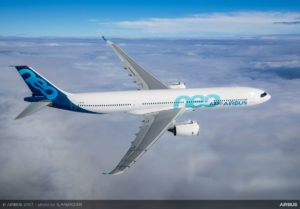
LNA has repeatedly pointed out the weak A330neo order book in recent years. Airbus said that recent commercial successes allow it to ramp up A330 production.
While Boeing was more cautious about a near-term recovery in twin-aisle aircraft orders, Airbus recently stated that interest was picking up. LNA investigates the latest production plans on commercial twin-aisle programs and compares them with early 2020 and 2021.
Summary
- A head-scratching A330 production increase;
- Pushing 777X deliveries to the right;
- Differing plans for the A350 and 787;
- Sustaining the 767 production rate.
Single aisle or Widebody over the Atlantic at low load factors, Part 3?
Subscription Required
By Bjorn Fehrm
Introduction
November 11, 2021, © Leeham News: Last week, we compared the economics of an Airbus A321XLR and A330-200 on our thin route over the Atlantic. The XLR improves the capabilities of the A321 quite a bit, not only on range but also on load-carrying ability.
The more efficient use of the space below the floor leaves room for cargo once the passenger bags are loaded. The margin race between the A321XLR and the A330-200 depended on the cargo pricing in the end. Now we finish the series with a more challenging setup for the twin-aisle.
We assume we use an A330-900, a nominal 300 seater on the Dublin to Newark route with only 130 passengers per departure. The load factor is then at 43%. Can the twin-aisle still earn the margin of an A321XLR on this route by virtue of its cargo capacity?
Summary
- The margin generation of the A321XLR versus the A330-200 was close. It boiled down to cargo pricing.
- The A330-900 adds costs but also more cargo room. Will it cover the extra costs?
Air Asia asks Airbus for A321F; chief commercial officer says not yet
Subscription Required
By Scott Hamilton
Nov. 8, 2021, © Leeham News: Air Asia is in talks with Airbus to develop a factory-built A321F, according to a report last week from Reuters. LNA first reported in August that Airbus is pondering a new-build A321F.
“AirAsia would seek to convert a “meaningful chunk” of its 362 orders for the passenger version of the A321neo narrowbody to a dedicated freighter, said Pete Chareonwongsak, CEO of AirAsia logistics division Teleport,” Reuters wrote.
But although Airbus has had talks with a few customers, an A321F is not a priority, the firm’s chief commercial officer told LNA last month.
Single aisle or Widebody over the Atlantic on thin routes? Part 2
Subscription Required
By Bjorn Fehrm
Introduction
November 4, 2021, © Leeham News: Last week, we compared the economics of an Airbus A321LR and A330-200 on a thin route over the Atlantic. We found the Widebody could compensate for its higher operating costs as long as the route has a sizable cargo stream and that this is paid at today’s elevated air freight prices. The A321LR has extra center tanks that take away all cargo space and thus has negligible cargo revenue.
Now we repeat the analysis with the more capable A321XLR. It stores four ACTs worth of extra fuel in the space of two. This leaves room for cargo. Will it be enough to restore the supremacy in margin generation over the twin-aisle?
Summary
- The check last week surprised with how close a mid-age A330-200 can come in margin generation to an A321LR on a thin route, thanks to its higher cargo revenue.
- The A321XLR, with its more efficient tank setup, rebalances the fight in favor of the single-aisle.
Engine OEMs pushing ahead for next airplane, even as Boeing pauses
Subscription Required
By Scott Hamilton
Nov. 1, 2021, © Leeham News: David Calhoun may not be anywhere near ready to launch the Next Boeing Airplane (NBA), but the engine makers are actively researching and developing engines to hang of whatever that NBA will be.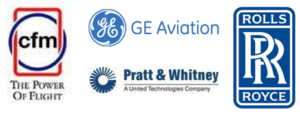
Calhoun, the CEO of Boeing, repeatedly said the NBA will be more about reducing production costs through advanced design and production methods. For some time, Calhoun said the next engines available on the assumed timeline—to about 2030—will have only 10% better economics than today’s engines.
And 10% isn’t enough for the airlines or the commensurate reduction in emissions.
CFM/GE Aviation/Safran are developing an “open fan” engine that will reduce fuel burn and emissions by 20%. A target date for entry into service is in the 2030 decade. The open fan builds on R&D of open rotors that have been underway since the era of the Boeing 727 and McDonnell Douglas MD-80.
Pratt & Whitney sees an evolution of its Geared Turbofan engine. The GTF was under development for 20 years before an operating engine made it onto the Bombardier C Series (now the Airbus 220), the Airbus A320, and United Aircraft MC-21. The GTF also was selected for the Mitsubishi MRJ90, which launched the GTF program. However, Mitsubishi pulled the plug on the MRJ/SpaceJet program last year. PW remains committed to the GTF for future engines.
Rolls-Royce is developing the Ultra Fan and Advanced engines. GE’s Open Fan and RR’s engines adopt geared turbofan technology pioneered by PW but add new technology.
LNA takes a look at the new engines for the NBA or any other competing airplane in a series of articles.


